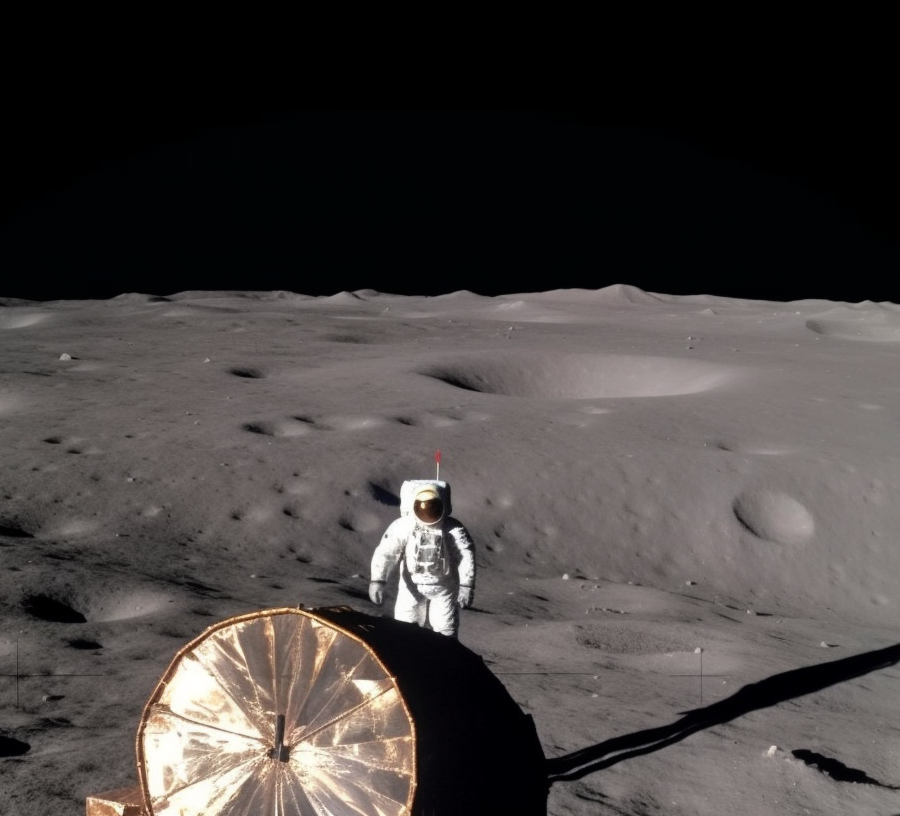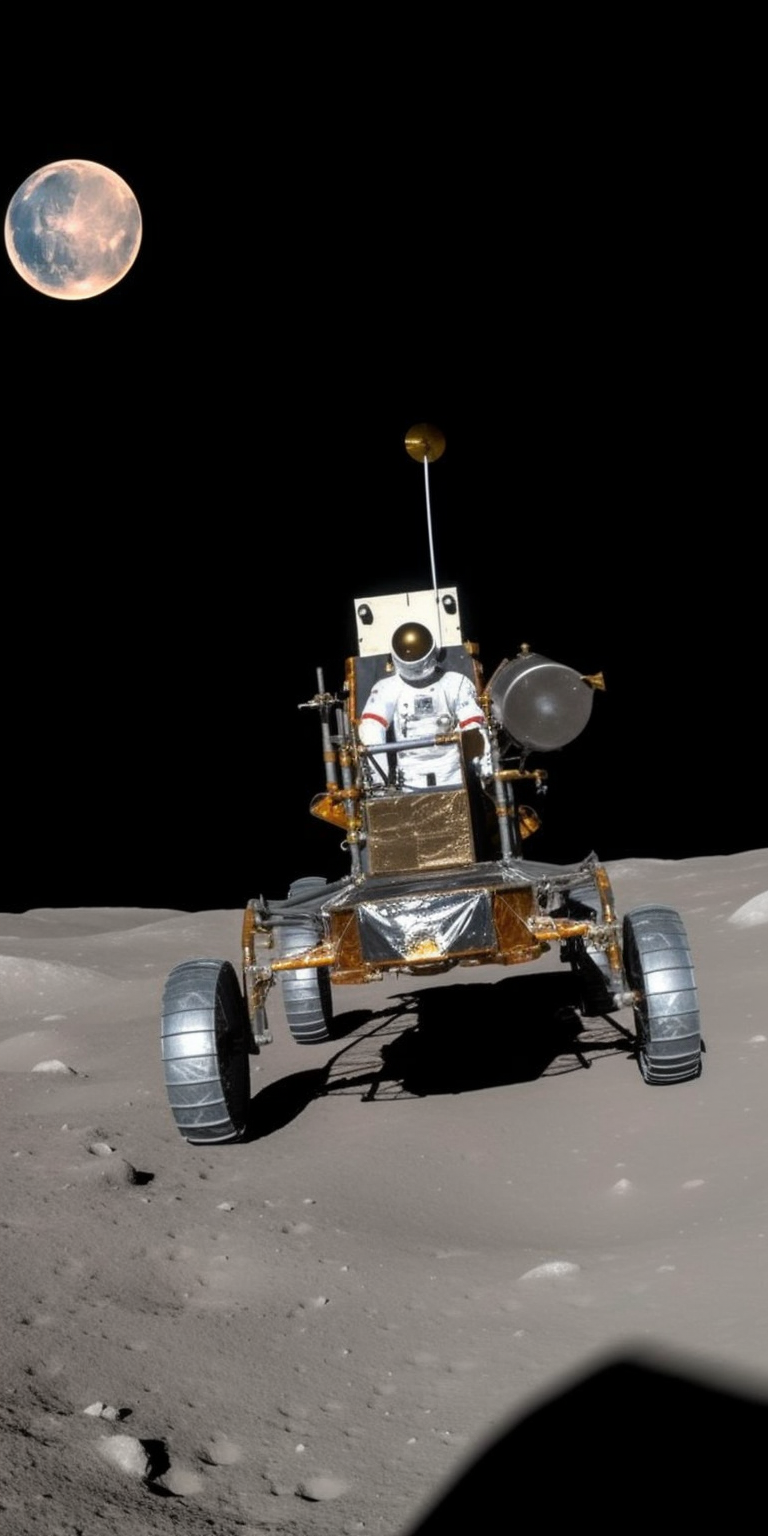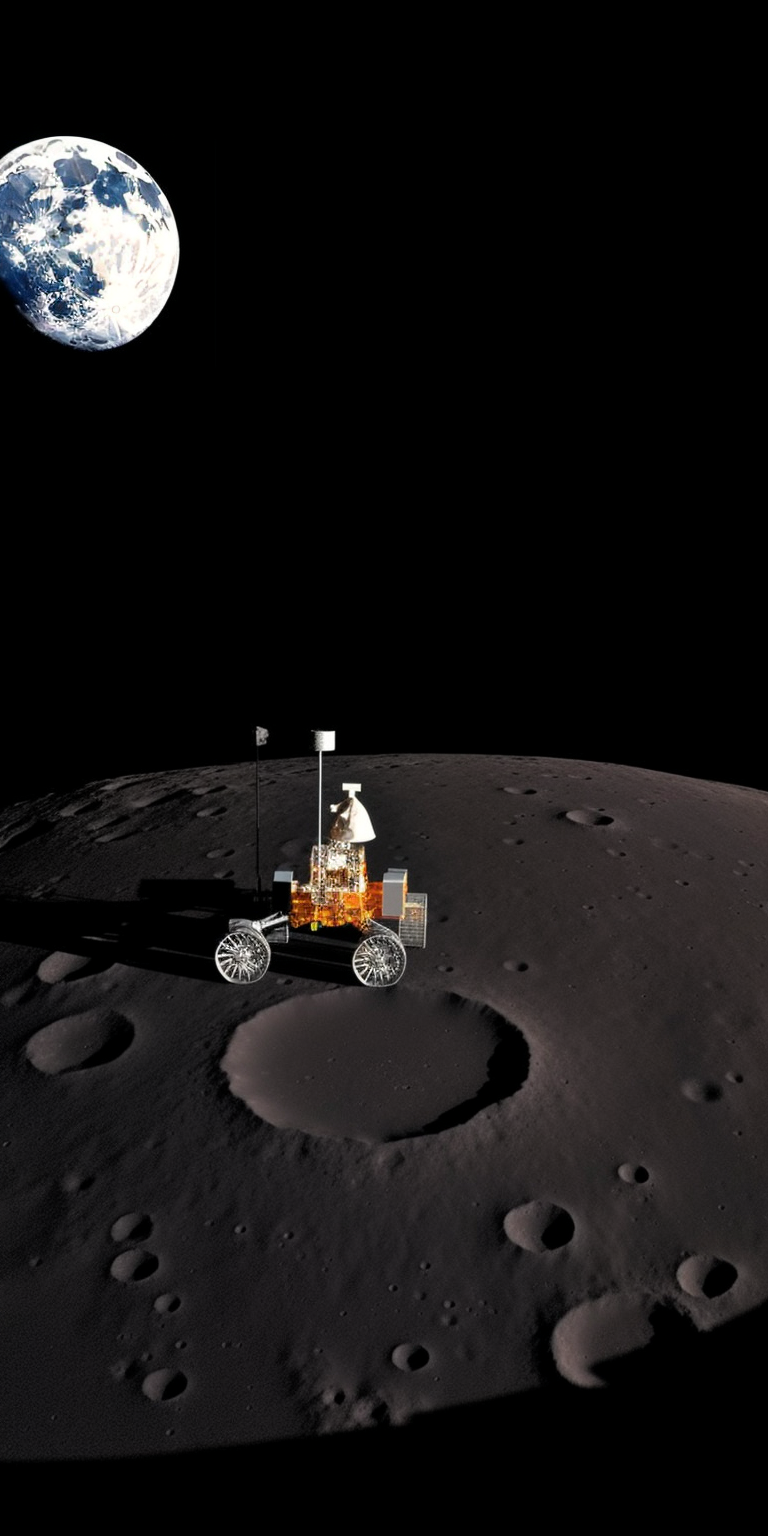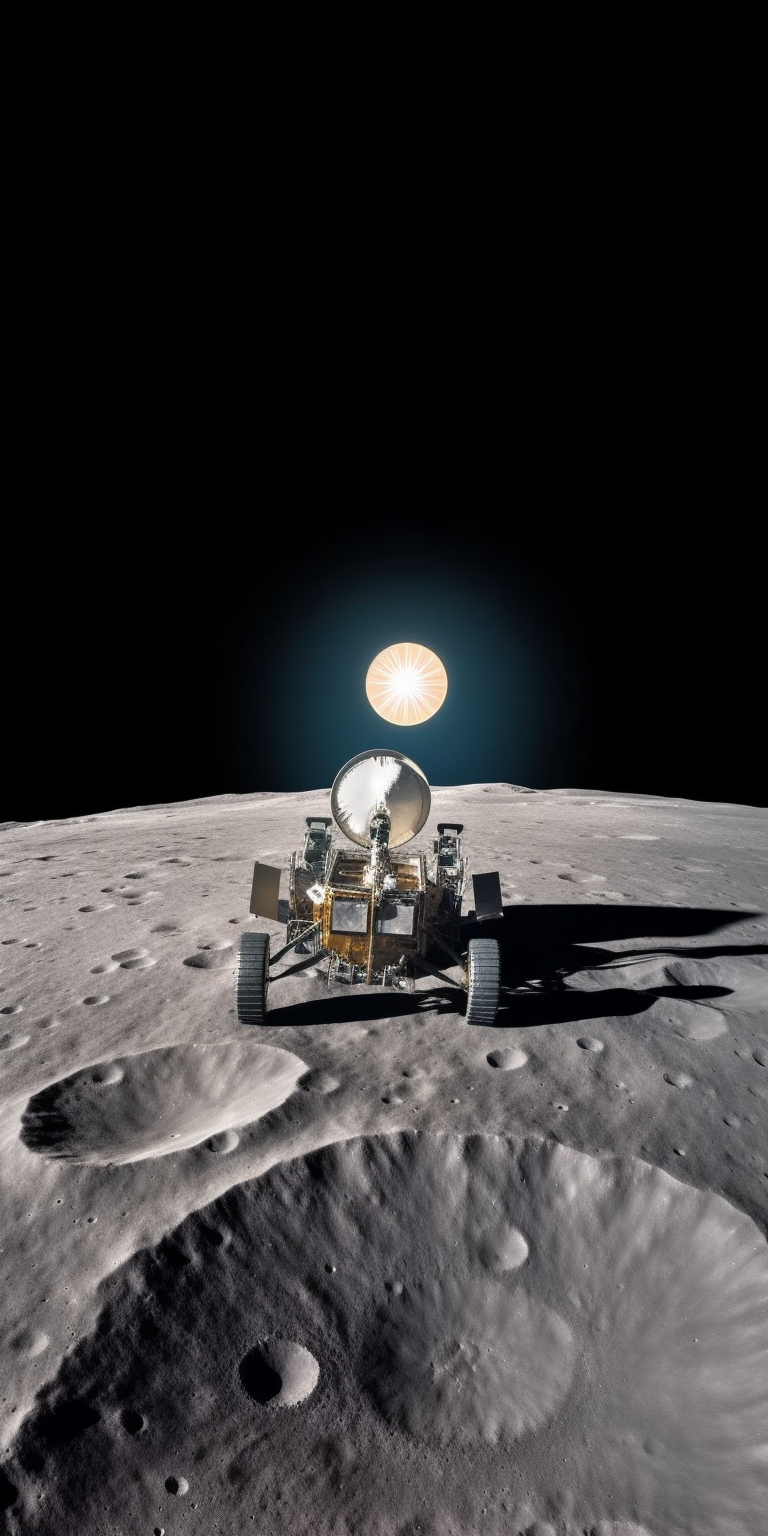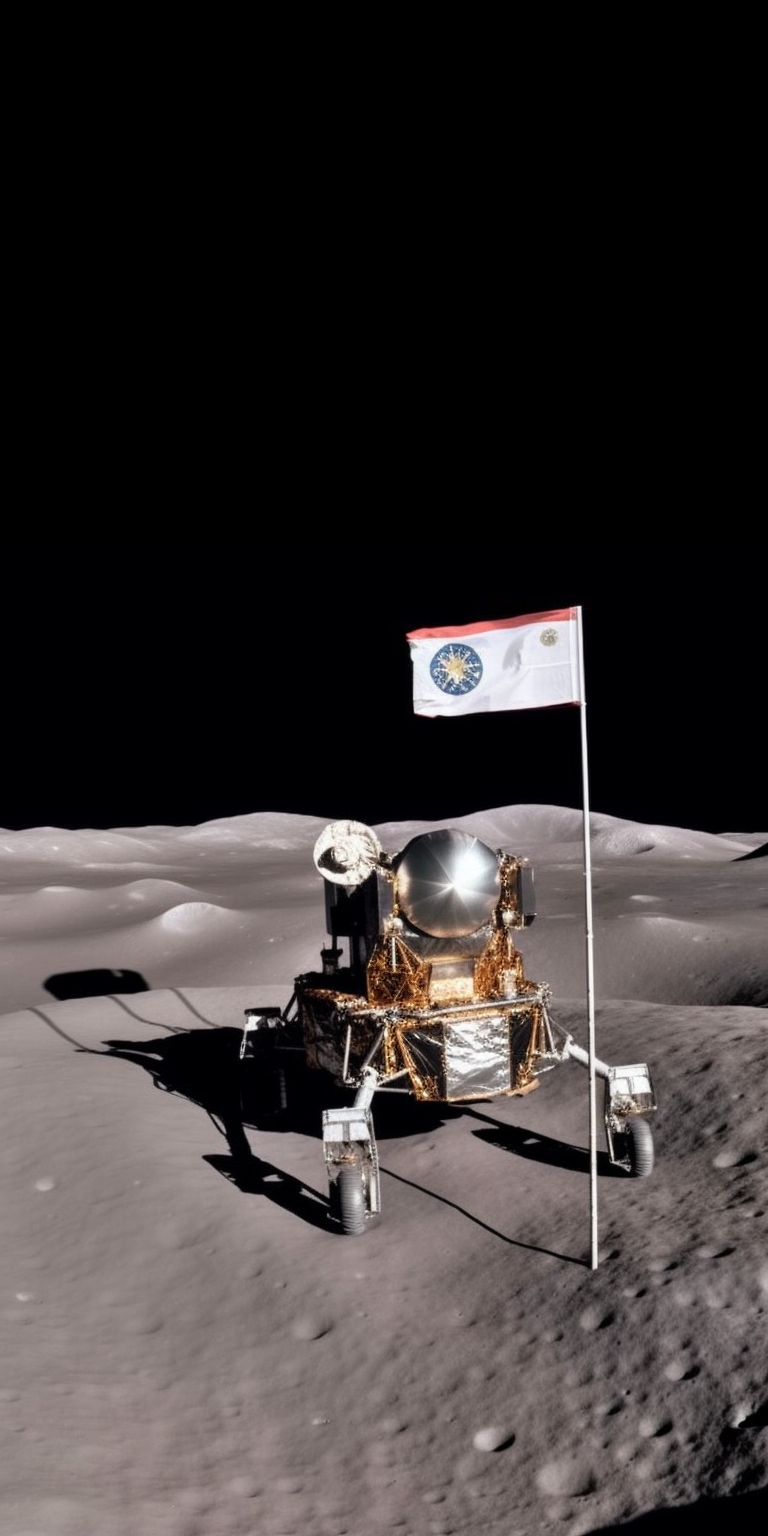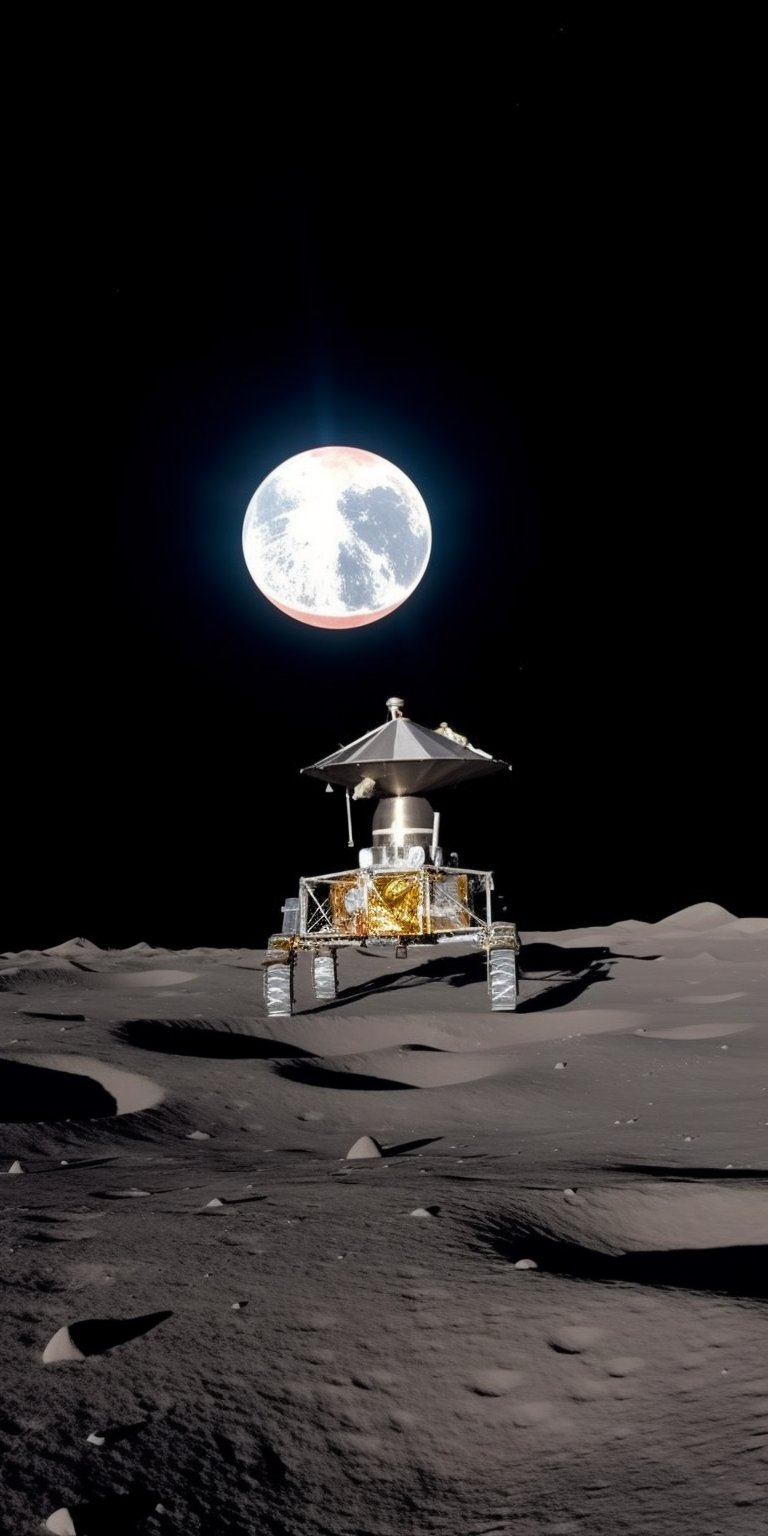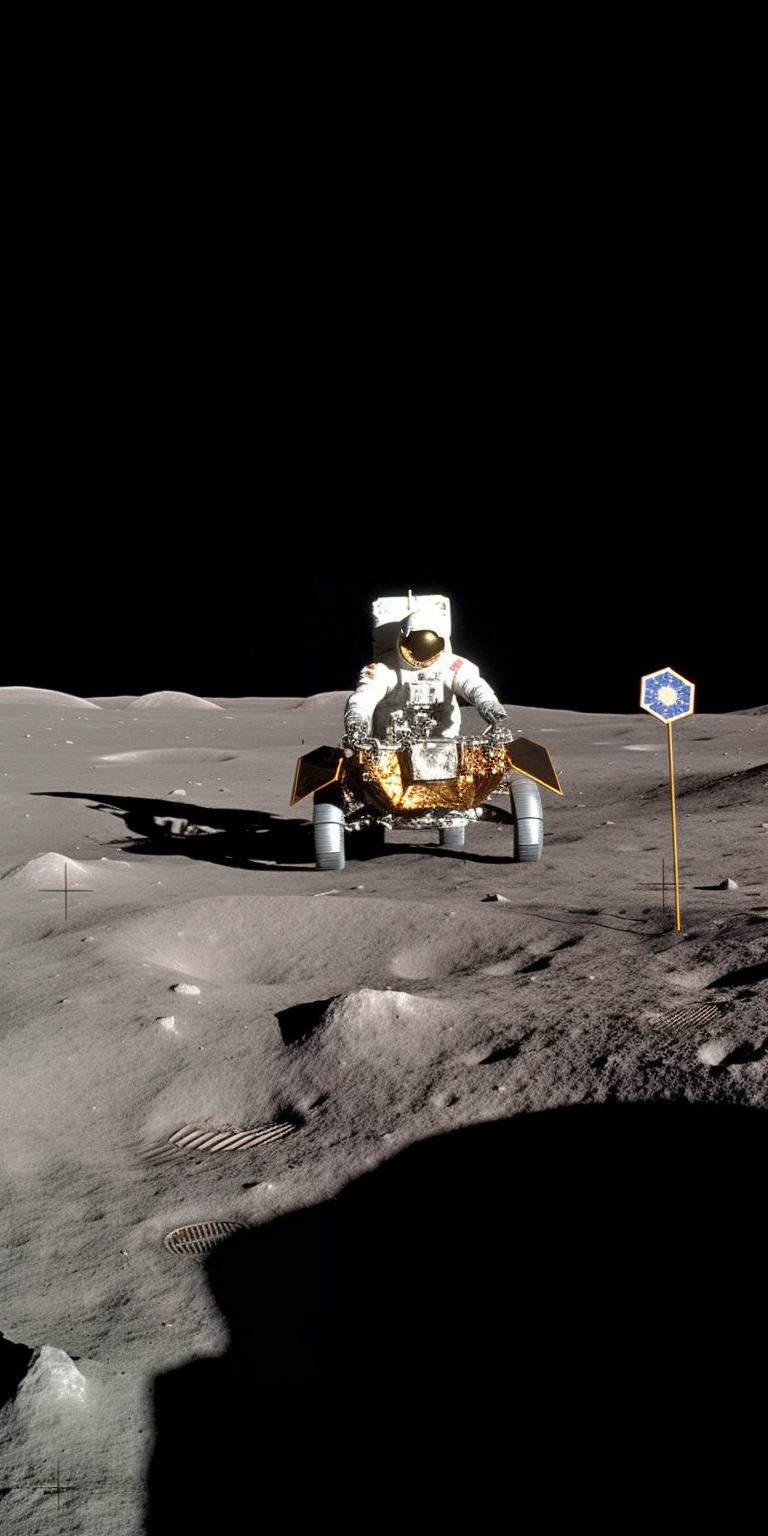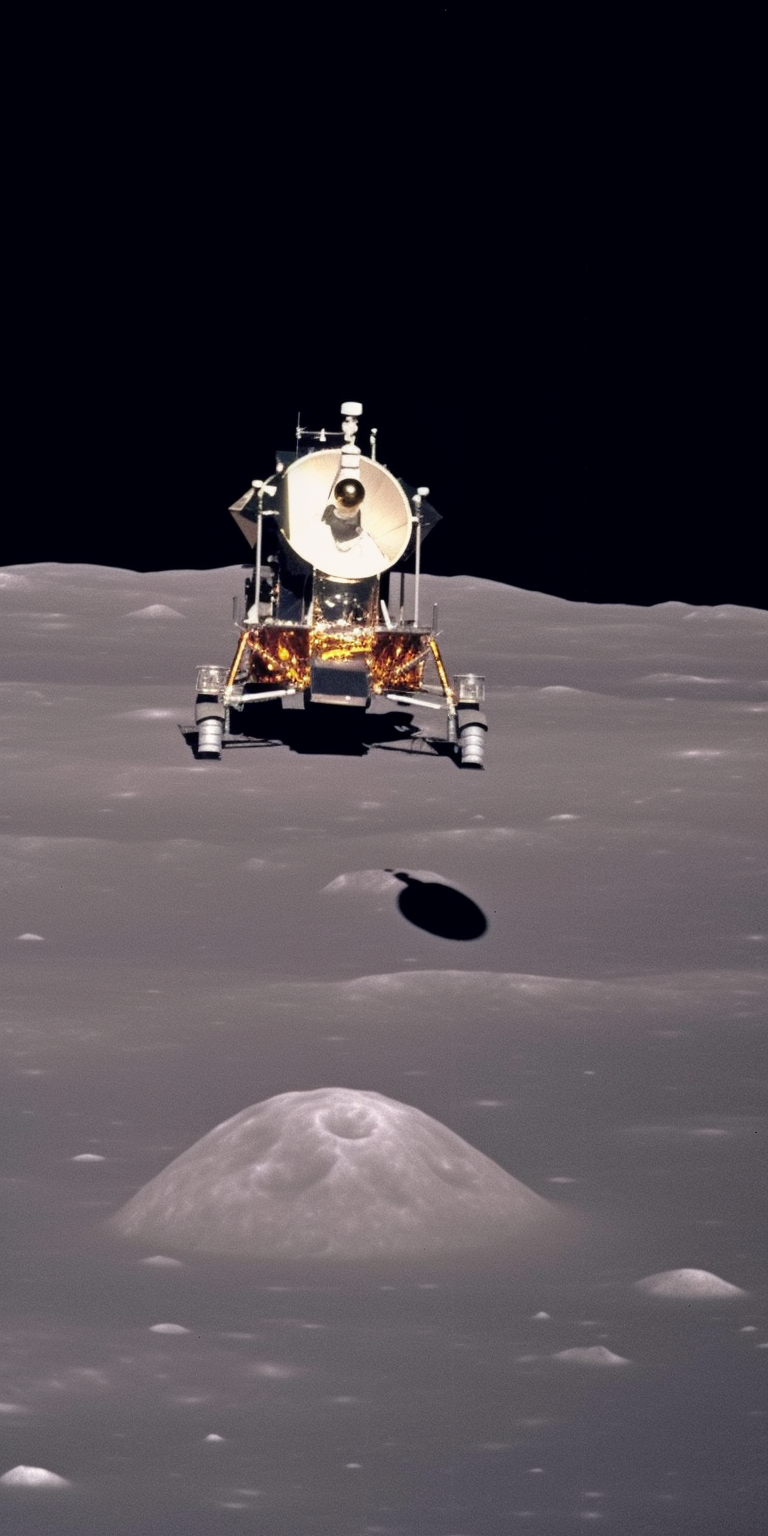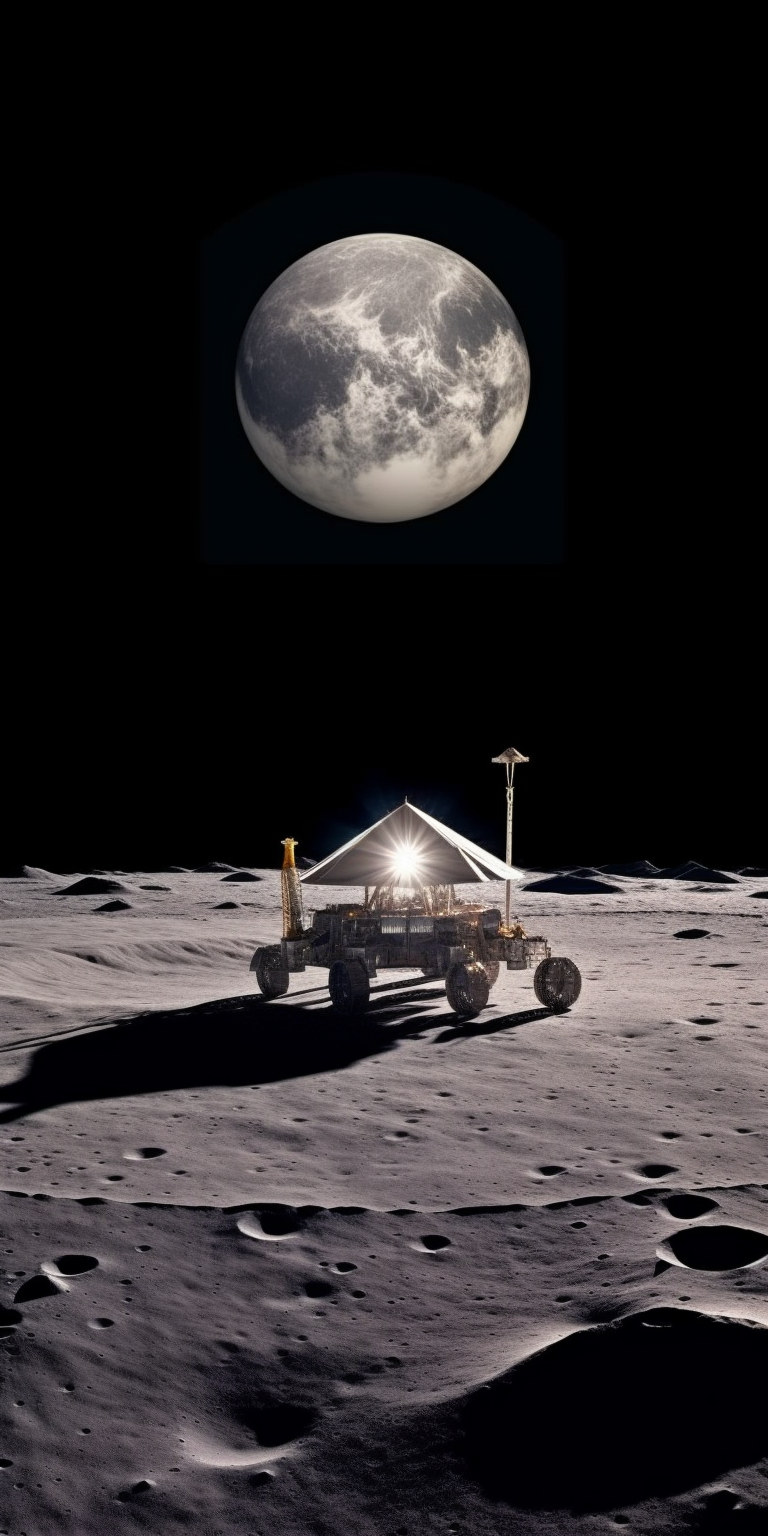Laser instrument on NASA’s LRO successfully pings Indian moon lander
⬇️ Pidgin | ⬇️ ⬇️ EnglishDa Moon Get Laser-Tagged: Oreo-Sized Gizmo Hit by NASA’s Magic Light!
Eh braddahs and sistahs, guess what? We got some moonlight action happenin’ up there in da sky, and it ain’t no ordinary moonlight, it’s laser moonlight! 🌕💥 NASA, da big space kine guys, dey wen shoot laser beams at da moon, and guess what? Da moon wen shoot ’em back! 🚀🔦
So, dis all started on August 23, 2023, when ISRO’s Vikram lander from India wen touch down on da moon, and guess what again? It had one Oreo-sized ting on top wit NASA’s magic mirror inside. 🇮🇳🚀🍪
Four days aftah dat, NASA’s fancy camera from da LRO (Lunar Reconnaissance Orbiter) wen snap one pic of Vikram and da moon’s sandy surface. You can see Vikram right in da middle, casting one dark shadow on da moon’s halo – like da moon had one fancy aura goin’ on. 📸🌌
So why all dis laser action? Well, da halo, dat bright ring ’round Vikram, it happened ’cause of da rocket plume wen mix it up wit da moon’s sandy soil (we call ’em regolith). It’s like da moon got all dressed up for da laser party! 💃🌕
Now, da pic dat LRO took, it show one piece of da moon dat’s 1 mile wide, dat’s ’bout 1.7 kilometers fo’ you metric folks. So, dat’s da setup, now let’s get into da juicy details! 👀
First time evah, dey wen shoot one laser beam from LRO and wen bounce ’em off dat Oreo-sized ting on Vikram. Imagine tryna hit one bullseye from space, dat’s what dey wen do! 🎯
Dis happened ’round 3 p.m. EST on December 12, 2023. LRO wen point its fancy laser thingy at Vikram when it was ’bout 62 miles away, or 100 kilometers, near Manzinus crater – dat’s da moon’s south pole area. 🌙🎯
So, da laser beams wen shoot out from LRO, and dey bounced back from dat tiny NASA mirror on Vikram. Scientists back on Earth, dey saw da light come back, and dey knew dey had somethin’ special. 🌌🔦🌍
You see, usually, dey use laser beams to track stuff in space, like satellites and stuff, but dis time, dey wen flip da script! Instead of tracking from da ground, dey wen do it from space, lookin’ down at da moon. 🌍🚀
One of da scientists, Xiaoli Sun, from NASA’s Goddard Space Flight Center in Greenbelt, Maryland, he said, “We’ve showed that we can locate our retroreflector on the surface from the moon’s orbit.” 🤙🌌
He also said, “Da next step is to improve da technique so dat it can become routine for missions dat want to use dese retroreflectors in da future.” So, dey ain’t stoppin’ here, dey wanna get even bettah at it! 🚀🌕
Now, let’s talk ’bout dis magic mirror on Vikram. Dis ting, it’s like da size of an Oreo, but instead of cream in da middle, it’s got eight quartz-corner-cube prisms inside one dome-shaped frame made of aluminum. 😮🔮🍪
Dis mirror is simple but tough, like one true local braddah. It don’t need power or any kind of maintenance, and it can last for many, many years. And da best part – it can reflect light from any direction back to where it came from! 🌟🌠
So, what’s da big deal ’bout dese mirrors? Well, dey can do all kine stuff in space science and exploration. Dey been usin’ mirrors like dese since da Apollo days, you know, when we wen send da first guys up there. 🌠🚀
By reflectin’ da light back to Earth, dey wen find out dat da moon stay movin’ away from us – like it’s taking one step back every year, ’bout 1.5 inches or 3.8 centimeters. So, da moon playin’ hard to get! 🌙🚀🌍
Now, dis new generation of mirrors, dey even bettah. Dey use ’em on da International Space Station to help dem deliver stuff to da station all by itself – no pilot needed! 🛰️🏢
In da future, dey could use dese mirrors to help Artemis astronauts land on da moon, even when it’s dark outside. Or dey could use ’em to mark da spot for spacecraft already chillin’ on da moon’s surface. So, plenty potential, brah! 🌛🚀🌠
But hold up, not so fast, there’s still work to do. Da biggest problem right now is dat LRO’s laser thingy, called LOLA, it’s da only one up there shootin’ lasers at da moon. But LOLA, it wasn’t designed to hit one target like Vikram’s mirror – it’s been mappin’ da moon’s topography all dese years. 📡🌍
One of da NASA guys, Daniel Cremons, he said, “We would like LOLA to point to dis Oreo-sized target and hit it every time, which is hard.” Yeah, no kidding, braddah! It took ’em eight tries to hit Vikram’s mirror! 🎯🎲
So, here’s da deal with LOLA. It shoots out five laser beams at once, and den it times how long it takes for each one to bounce back. Da faster da light comes back, da closer LOLA is to da moon’s surface – dat’s how dey make dem elevation maps. 📡🌌
But here’s da catch – da beams, dey cover one area ’bout 32 feet wide from ’bout 62 miles up in da sky. And ’cause da moon’s surface got all dese ups and downs, da beams gotta be far apart. So, da chance of hittin’ dat tiny mirror on Vikram, it’s like tryna find one needle in one haystack. 🌾🔍
So, altimeters like LOLA, dey great for findin’ big stuff like craters and rocks, but dey not so good at pinpointin’ one tiny target like Vikram’s mirror. Dey gotta come up with one new laser, one dat sweeps across da surface without missin’ any spots. 🎯🌌
For now, da NASA team, dey gonna keep usin’ LOLA to help figure out where stuff is on da moon, especially landers like Vikram. Dey still gotta work out da kinks. 🌕🚀🛰️
But guess what? More of dese NASA mirrors gonna fly to da moon on diff’rent landers, public and private ones. JAXA, dat’s Japan’s space folks, dey gonna send one to da moon on January 19, 2024. And Intuitive Machines, one private company, dey gonna launch deir spacecraft to da moon in mid-February wit six NASA payloads, includin’ one mirror. 🚀🌕🇯🇵📡
So, dat’s da scoop, braddahs and sistahs! Da moon, it got tagged wit laser beams, and da future lookin’ bright – or should I say, moonlit! 🌙✨🚀
NOW IN ENGLISH

